The Automobile Book
In pictures, prose and sheer poetry, the story of the little engine that could and did change the face of the nation
by the editors of The Saturday Evening Post
A book with pages as beautiful to look at as the words printed thereon are fine to read; a mix of enticing, entertaining, and educational. And every image, every word is about—or more correctly involves—the automobile.
What’s more, those words have been penned (yes, some of them probably really were written by setting pen to paper) by real writers. Names like Booth Tarkington, F. Scott Fitzgerald, Walter Cronkite, Erma Bombeck. And then there are those who while not professional writers have “street cred” in the automotive realm such as Walter Chrysler, Charles Kettering, Harley Earl and others.
So what is this book?
It was compiled by the editors of The Saturday Evening Post. Raise your hand if you are of an age such that you can recall the pleasure of finding your newest issue of this magazine when it arrived in each week’s mail delivery. If you raised your hand, feel free to skip the next paragraph.
The Saturday Evening Post was (well, technically still is but it’s changed significantly as you’ll read) a magazine published weekly from 1897 until 1963 and subscribed to, thus sent to, more American homes than practically any other publication. Each issue contained a mix of fiction and non-fiction articles all written and edited with great care as well as cartoons and other features created with that same great care. And it featured great illustrative artwork on its covers as well as on the interior pages with its most notable and remembered to this day artist Norman Rockwell. When subscriber numbers dropped as the 1960s turned into the ‘70s, the magazine went into hiatus, then was subsequently revived after a fashion as it’s now published only six times each year and, of course, can be subscribed to either in print form or digital.
The Automobile Book features articles and artwork previously published in issues of The Saturday Evening Post ranging from as early as 1902 to just slightly before the 1977 publication date of the book. There are over thirty articles in all thus too many to warrant describing each.
One of those your commentator found of particular interest, while simultaneously being quite humorous, was Walter P. Chrysler describing how he learned to drive—at age 33! This was well before he’d been hired by any automotive industry company much less headed the one bearing his surname. Another focuses on how the fledgling making and marketing of trucks managed to make its significant contribution to winning the First World Warand in so doing essentially guaranteed its future.
A piece written by Charles Duryea published in a 1931 issue provides genuine perspective for Duryea pays tribute one-by-one to others upon whose shoulders he had stood; those individuals being the inventors and successful producers of the various components he needed to use in order to design and build his own first gasoline-powered car. As examples, Duryea cites Samuel Morey in the US and an unnamed tinkerer in the UK with simultaneously patenting the first two-cylinder, 180 degree crank, internal combustion engine in 1826 and a Dr. C.G. Page with the jump coil with vibrator in 1839, and others. Of course, Henry Ford and his cars are not overlooked or forgotten.
Fittingly, beautiful art illustrates those pages presenting an extended excerpt from F. Scott Fitzgerald’s 1925-published novel The Great Gatsby.
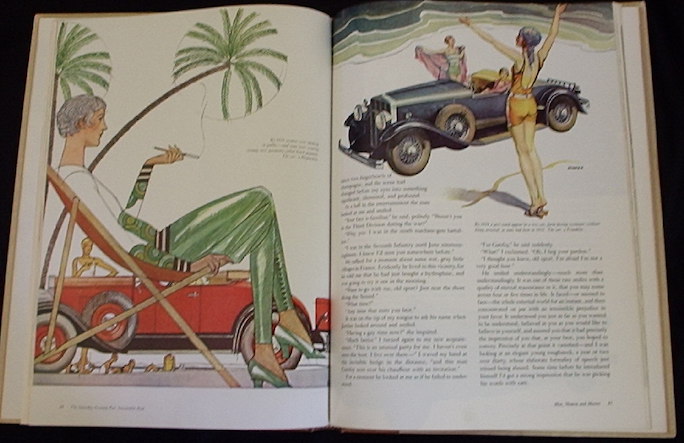 It’s a book worth knowing about full of charm, nostalgia and, yes, real historically significant information. Depending upon your interests/needs acquiring a copy, though it is long out of print, has been rendered easy for the aftermarket used book trade is alive and well.
It’s a book worth knowing about full of charm, nostalgia and, yes, real historically significant information. Depending upon your interests/needs acquiring a copy, though it is long out of print, has been rendered easy for the aftermarket used book trade is alive and well.
Copyright 2019, Helen V Hutchings (speedreaders.info).


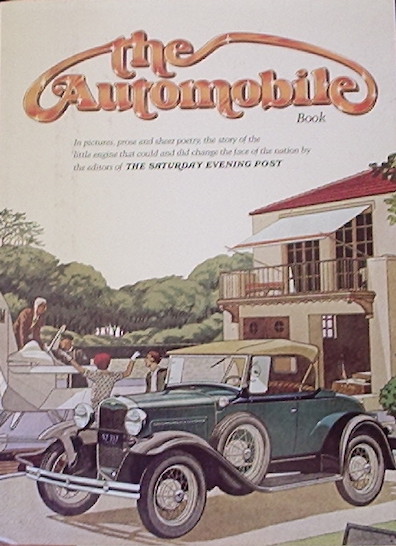
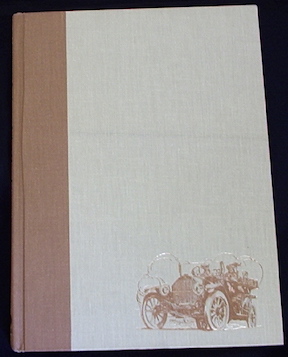
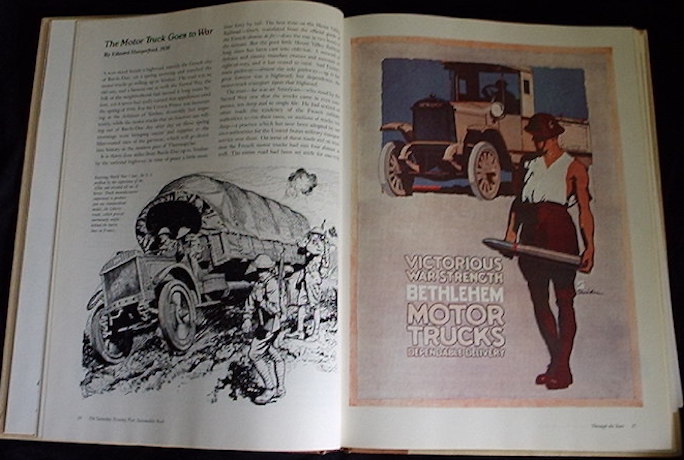
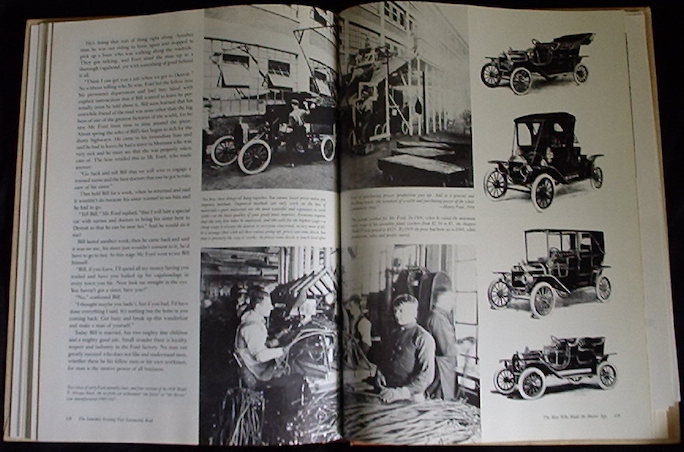
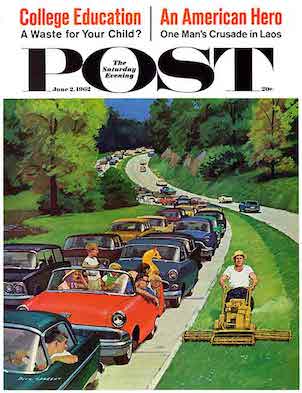
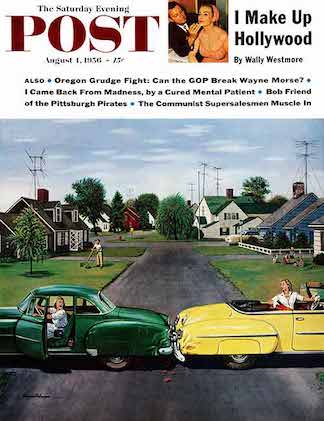
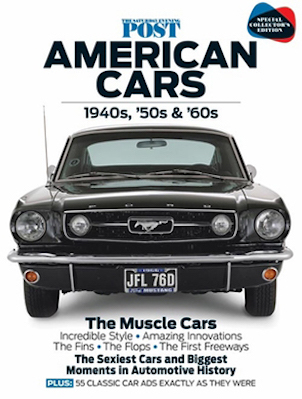
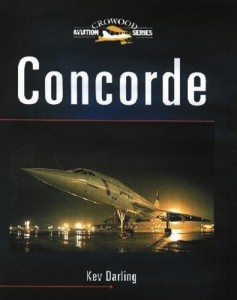
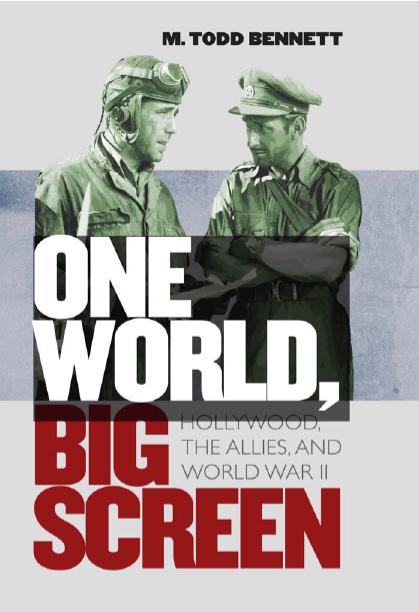
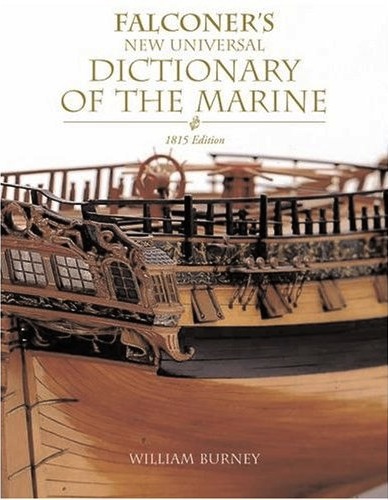

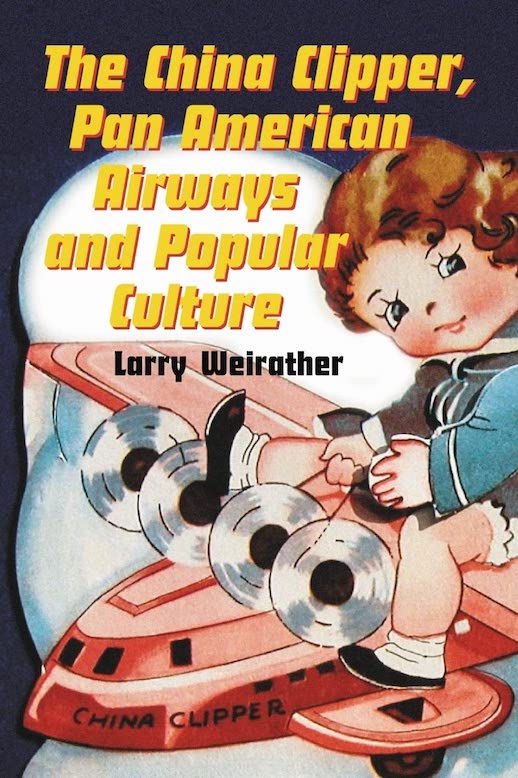
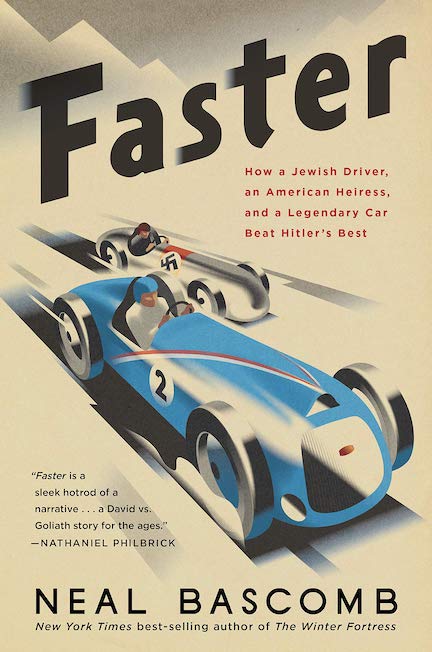
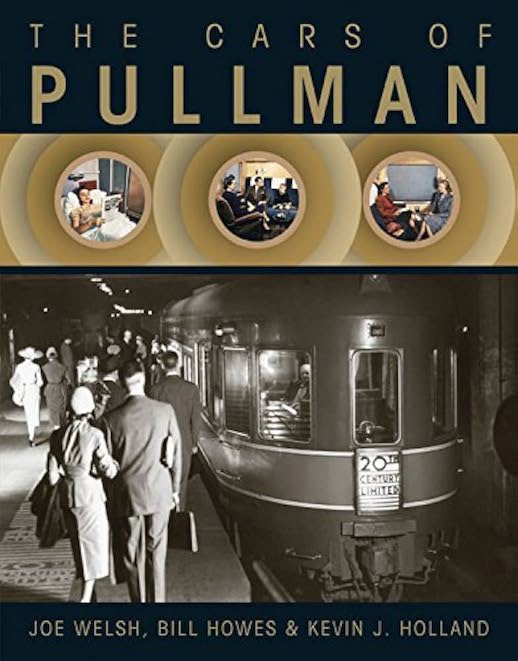
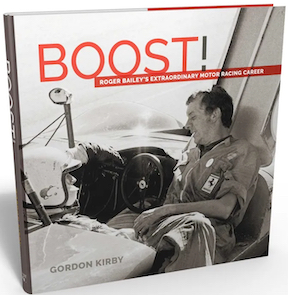
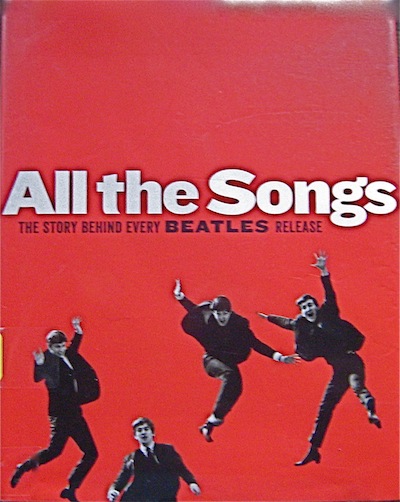
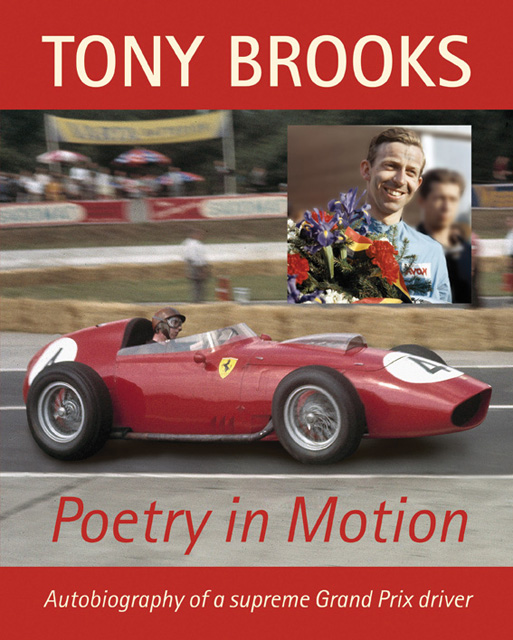
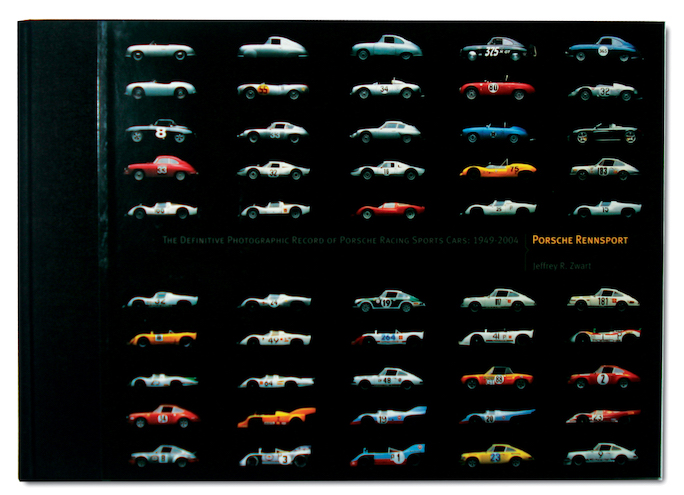

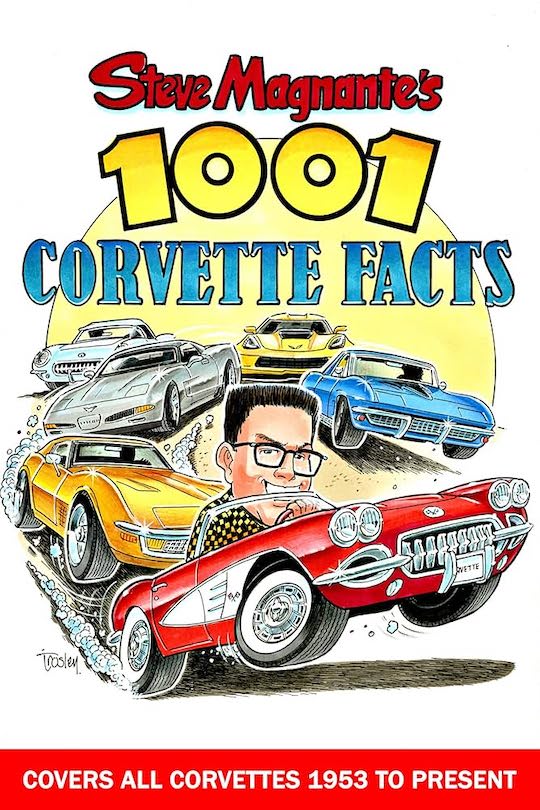
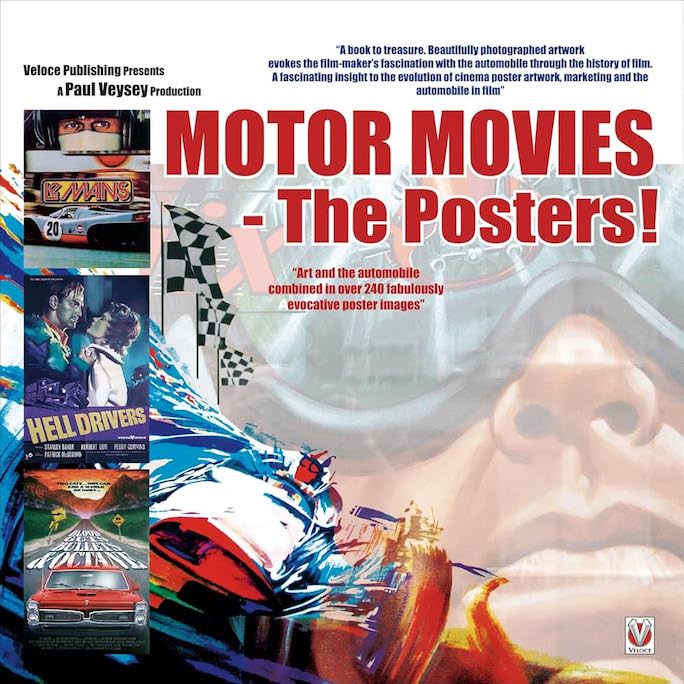
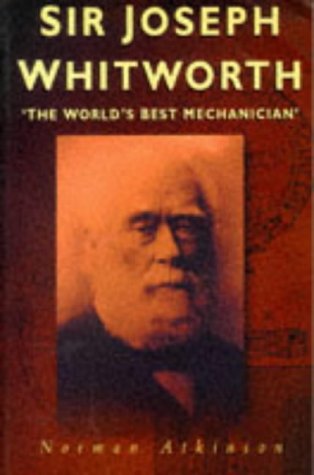


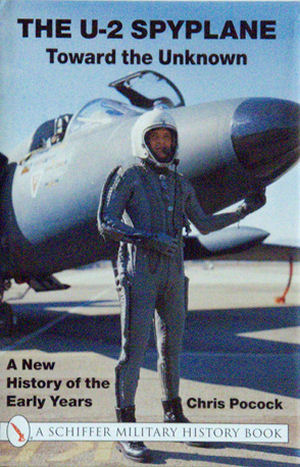

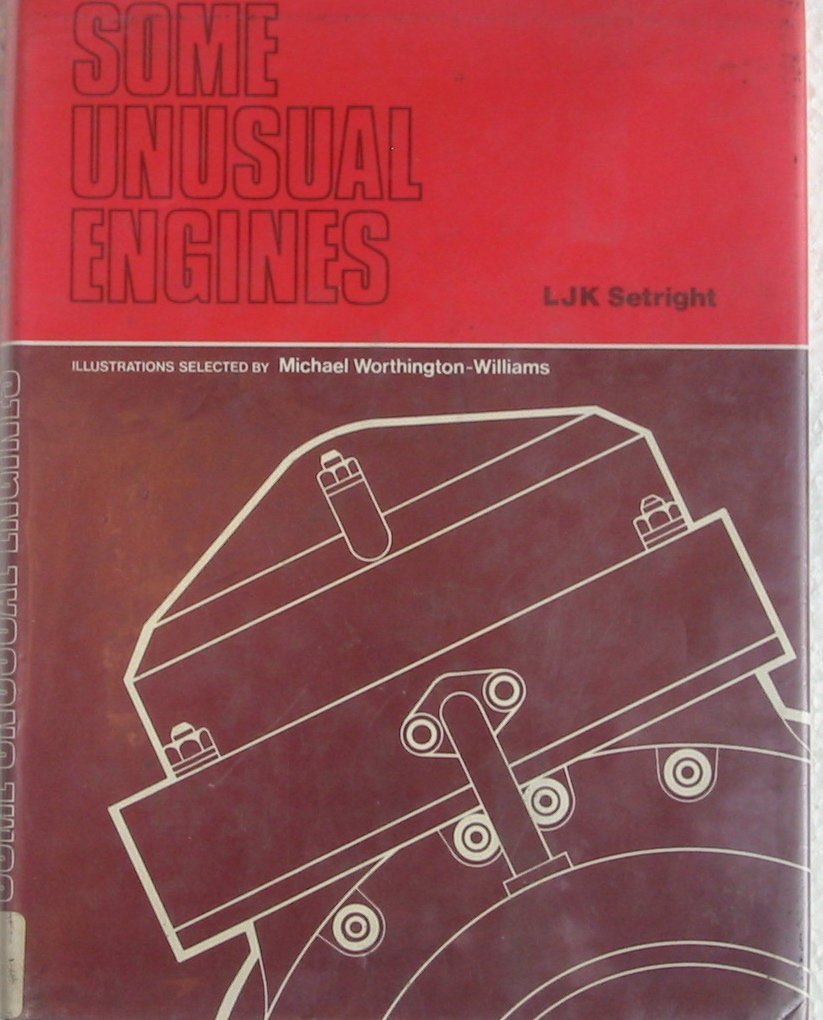
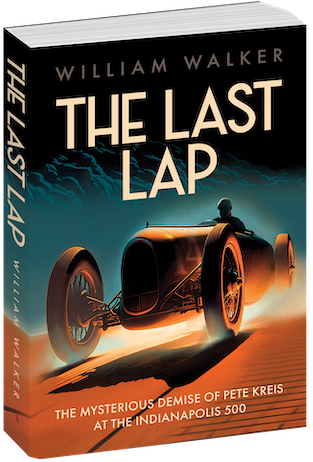
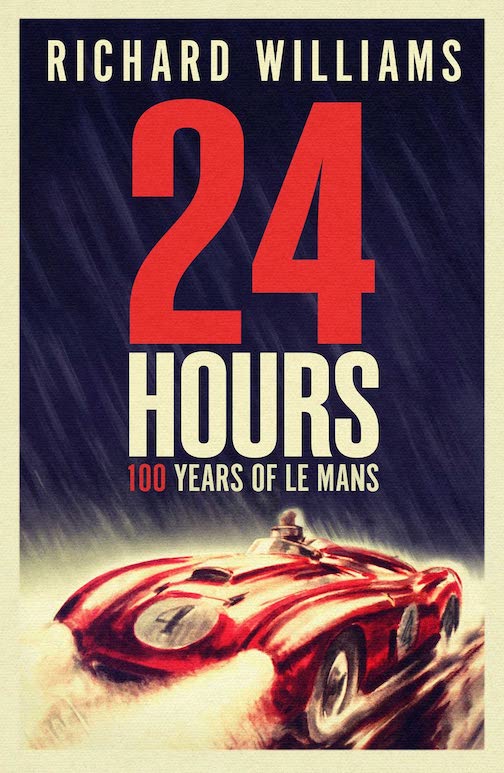
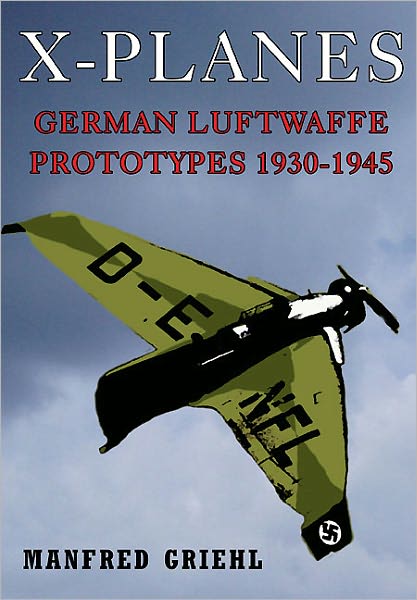
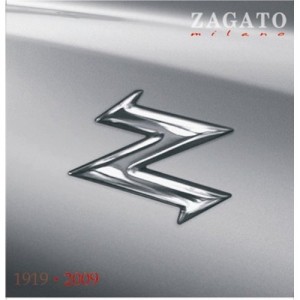

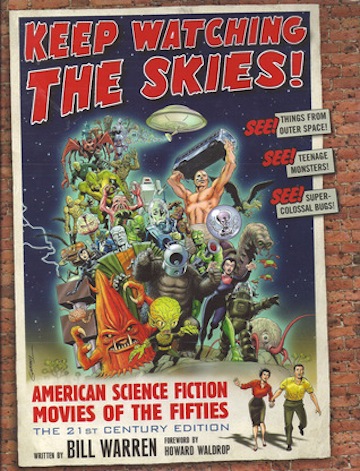

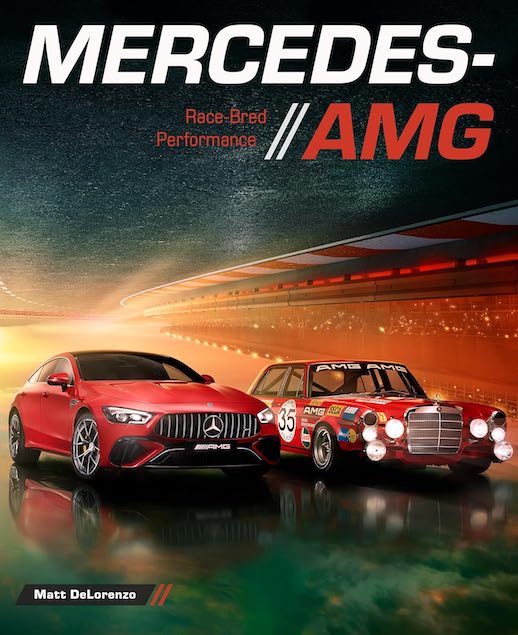

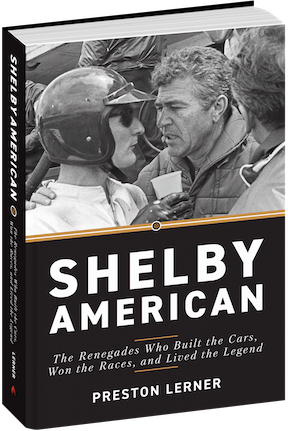
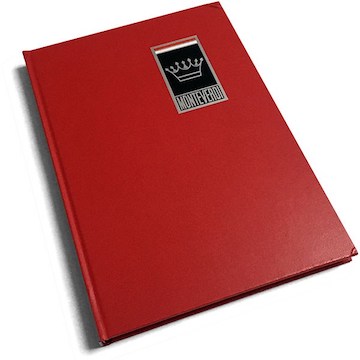
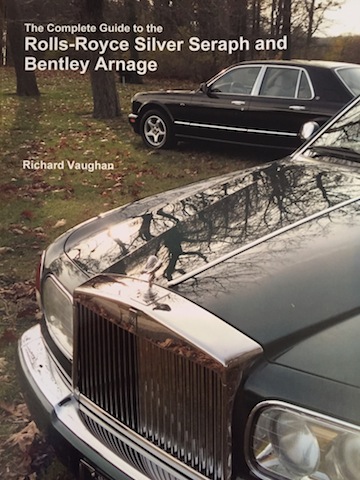


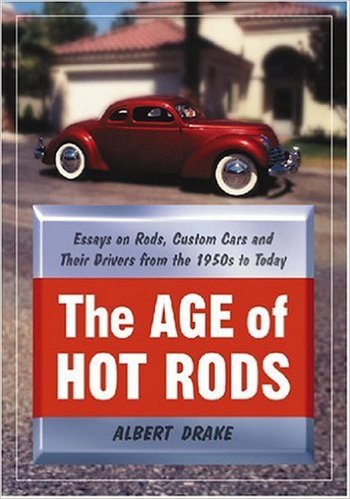



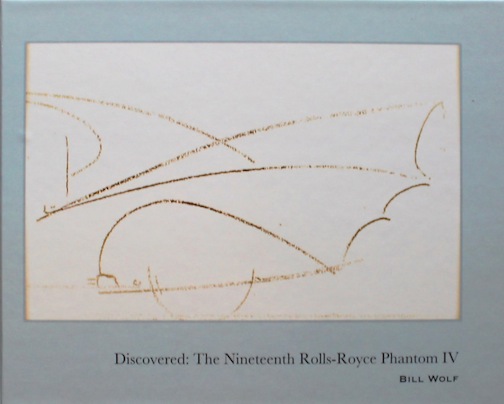
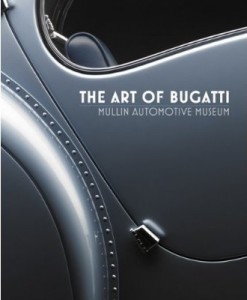
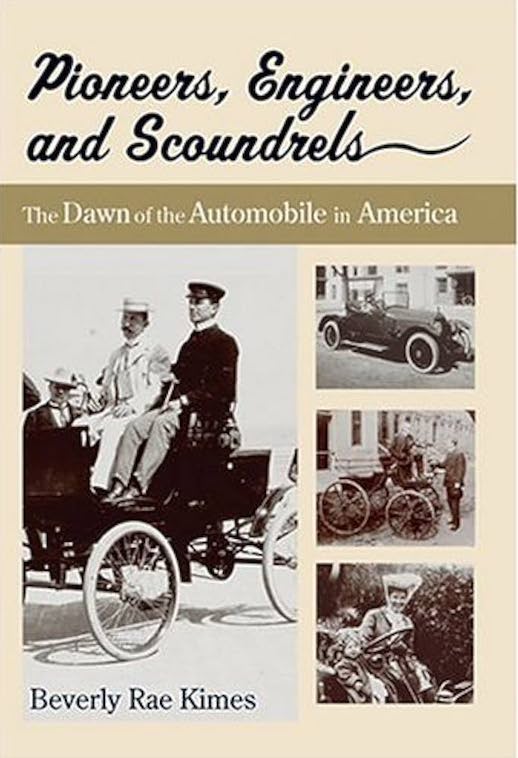
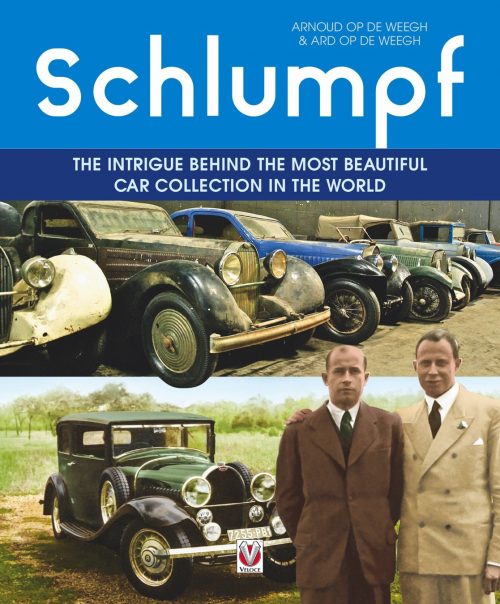
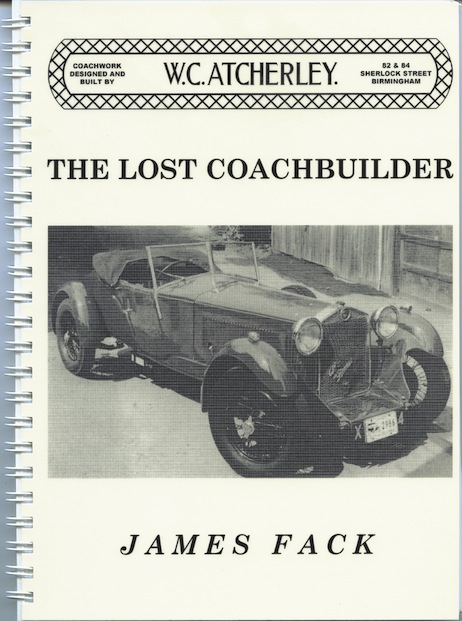


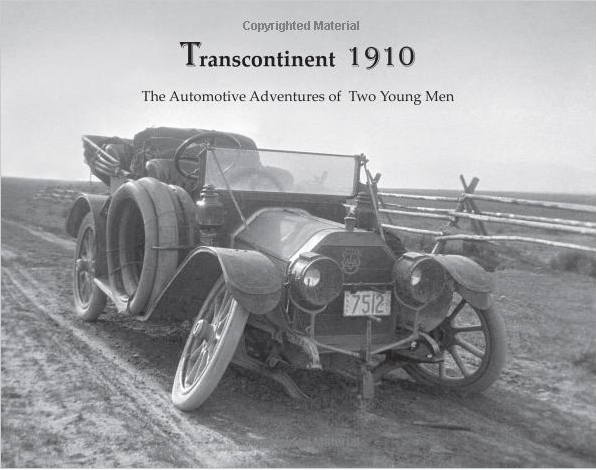
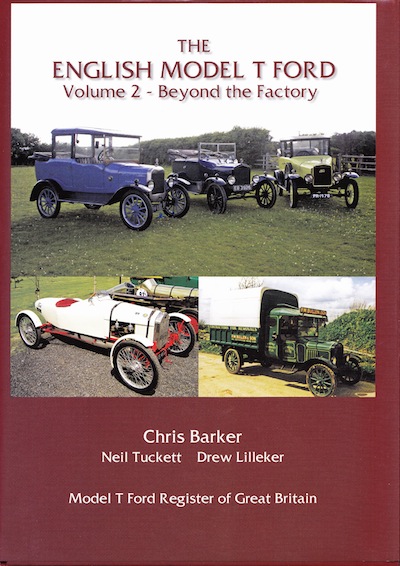
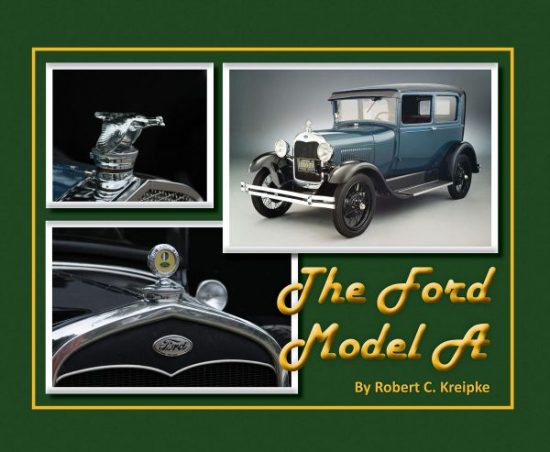

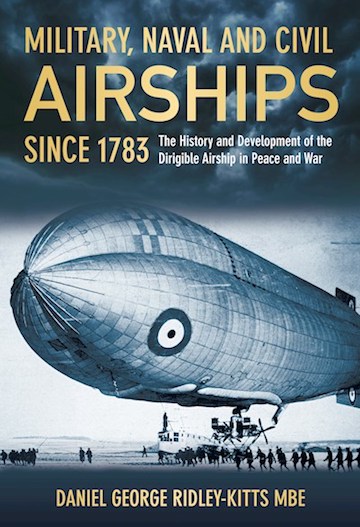
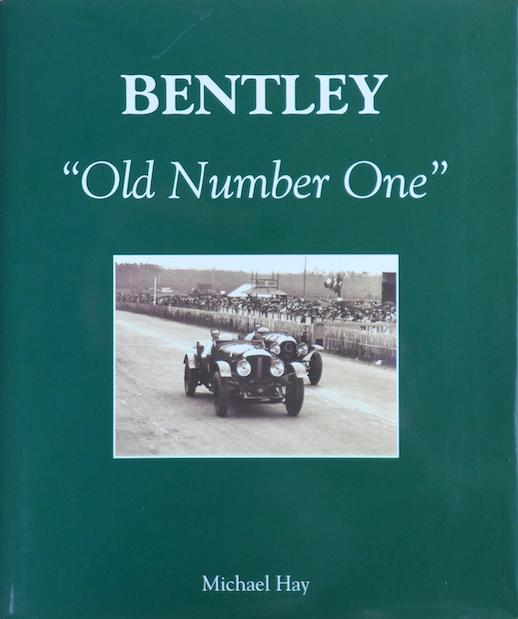

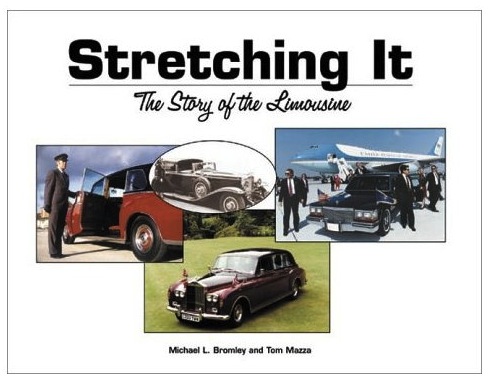

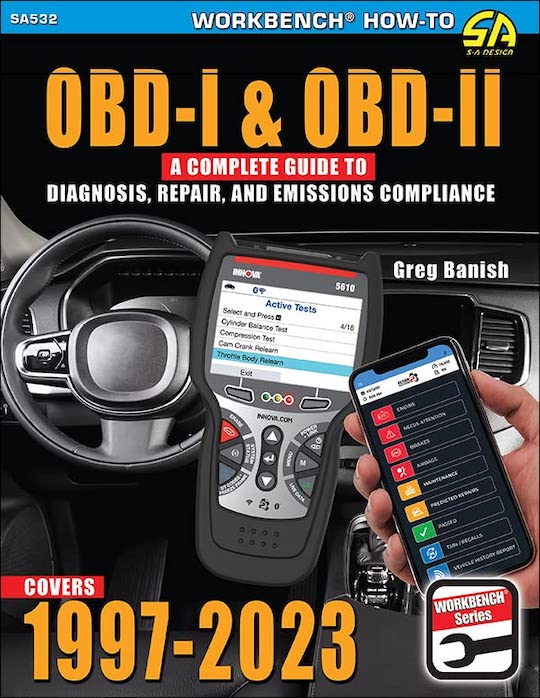

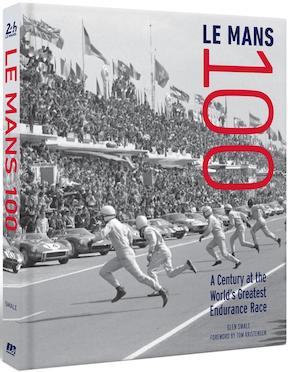
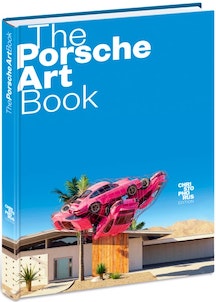

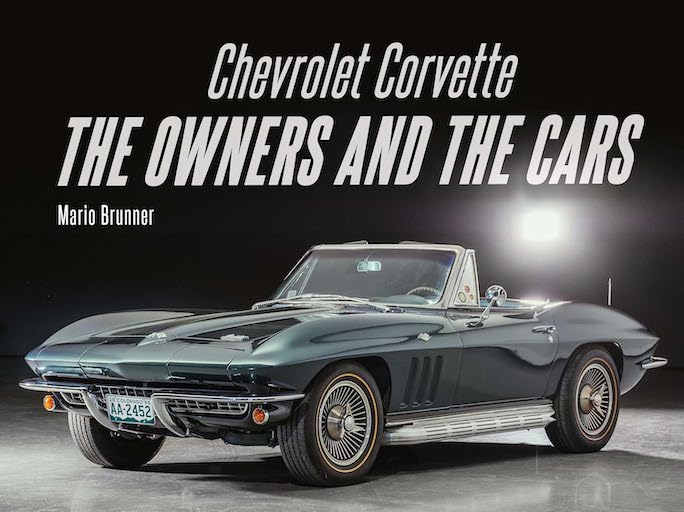
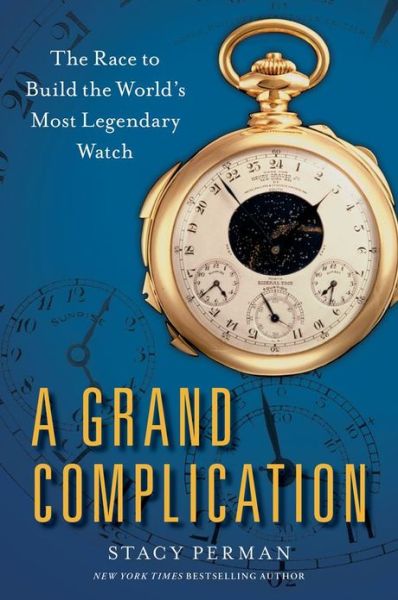
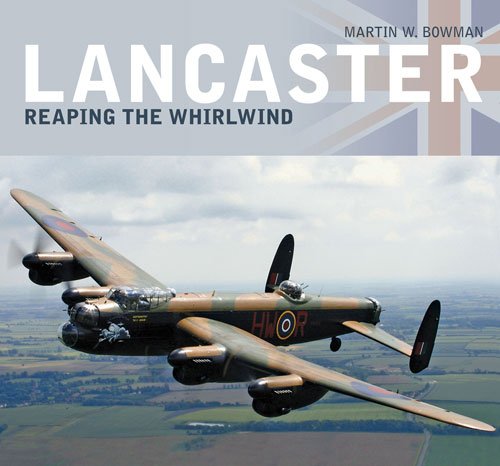


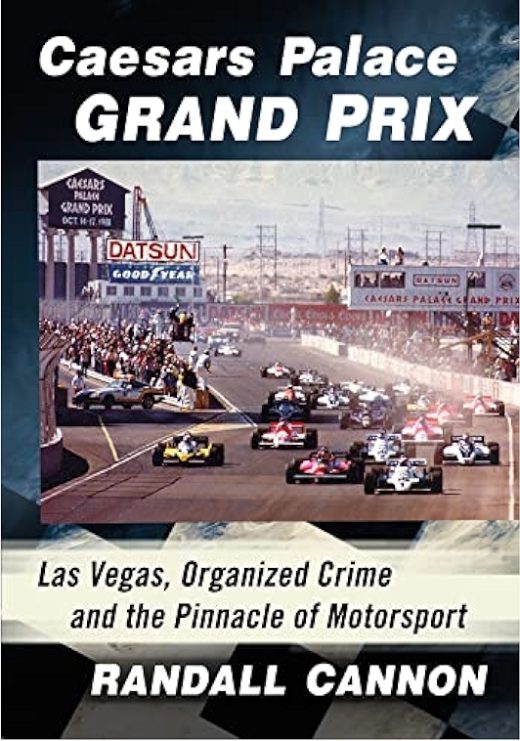

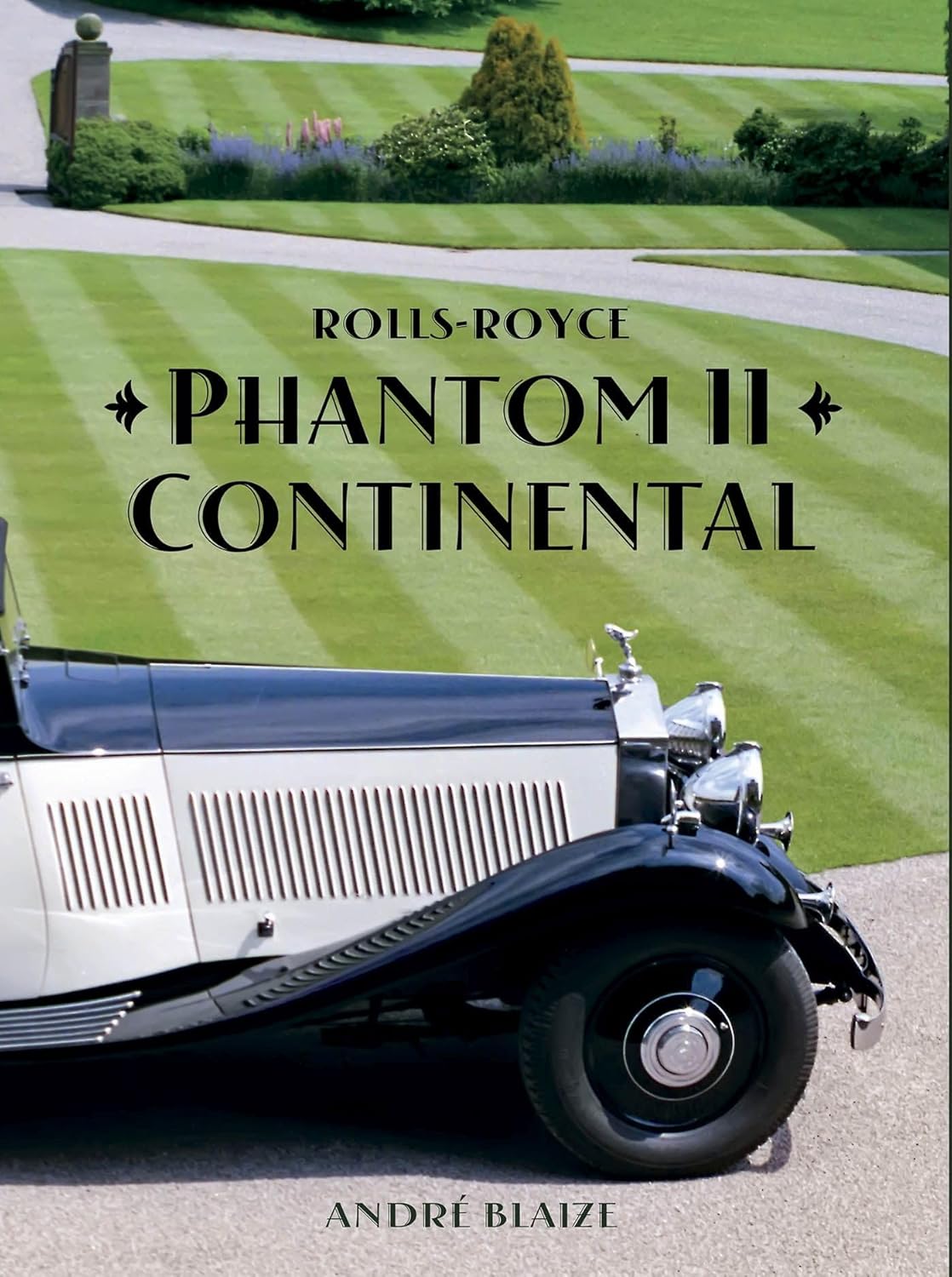
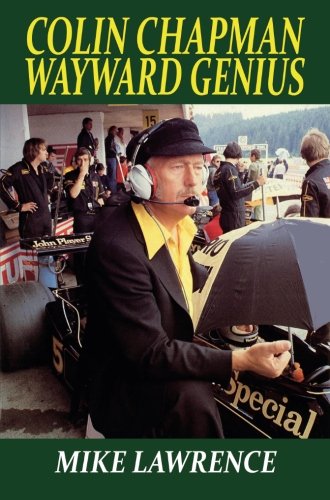
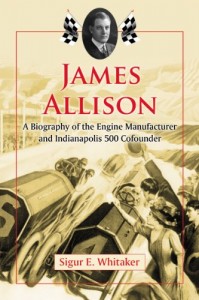
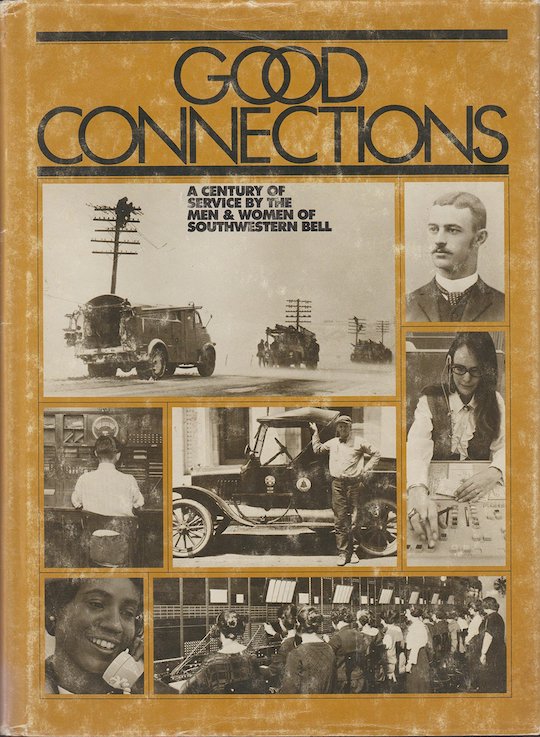

 Phone / Mail / Email
Phone / Mail / Email RSS Feed
RSS Feed Facebook
Facebook Twitter
Twitter